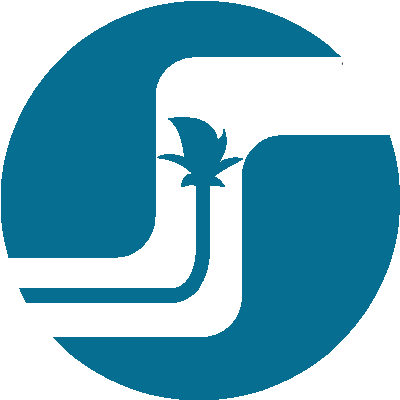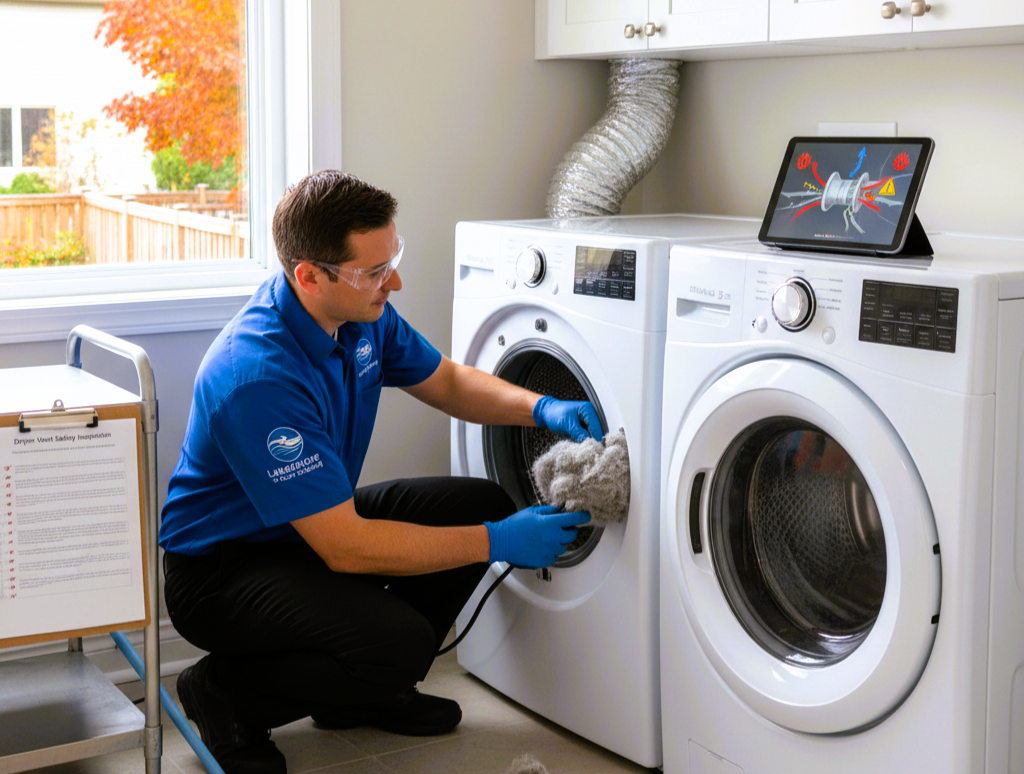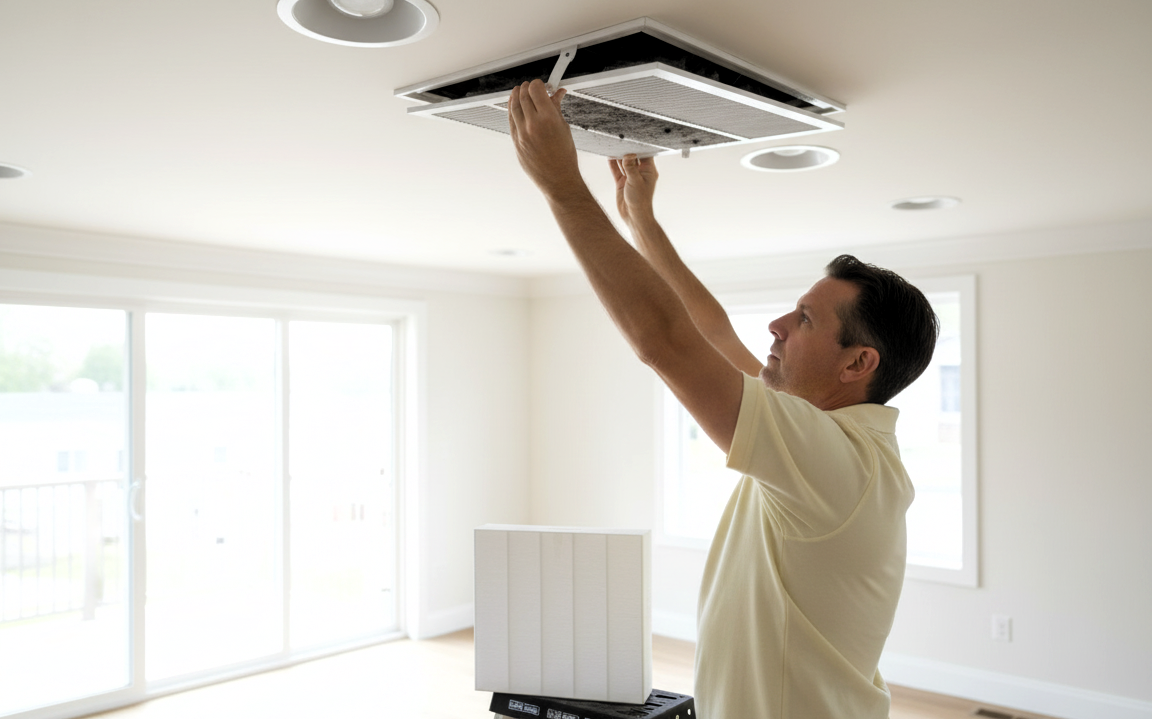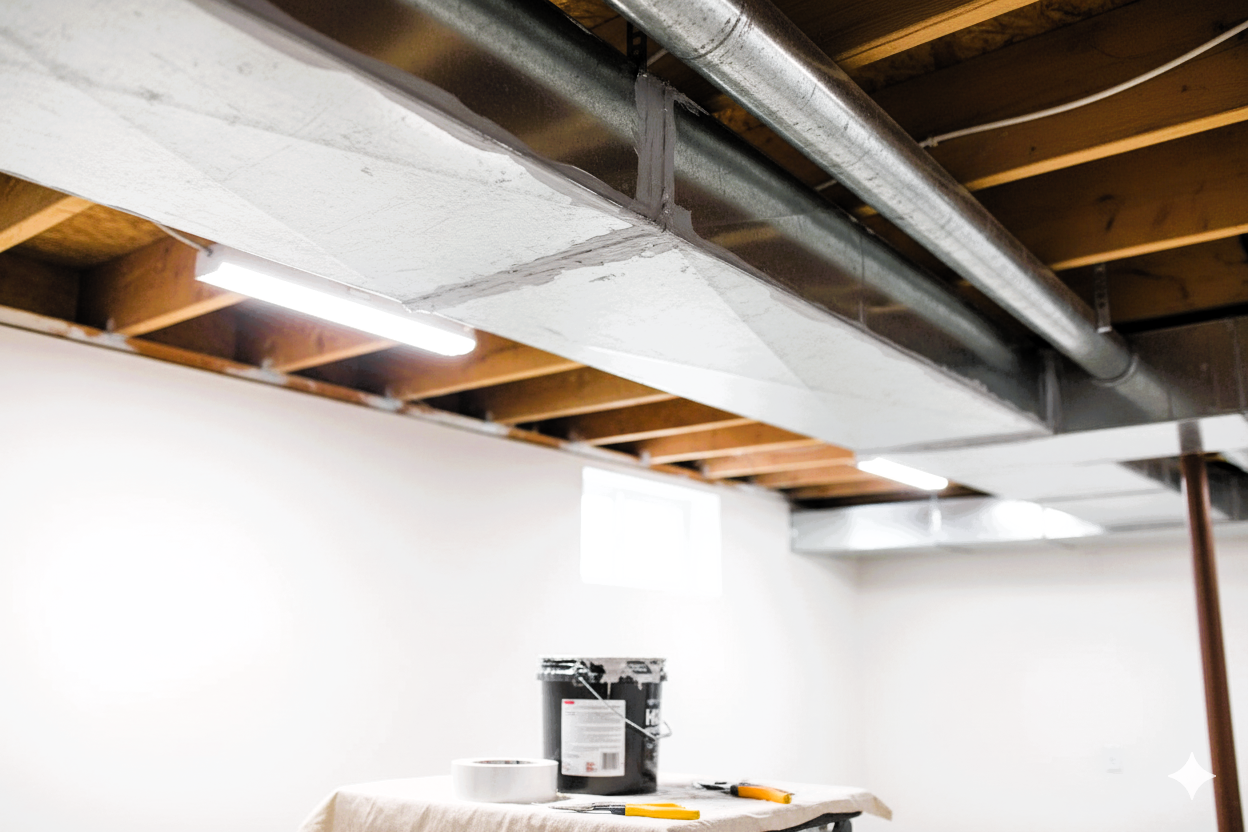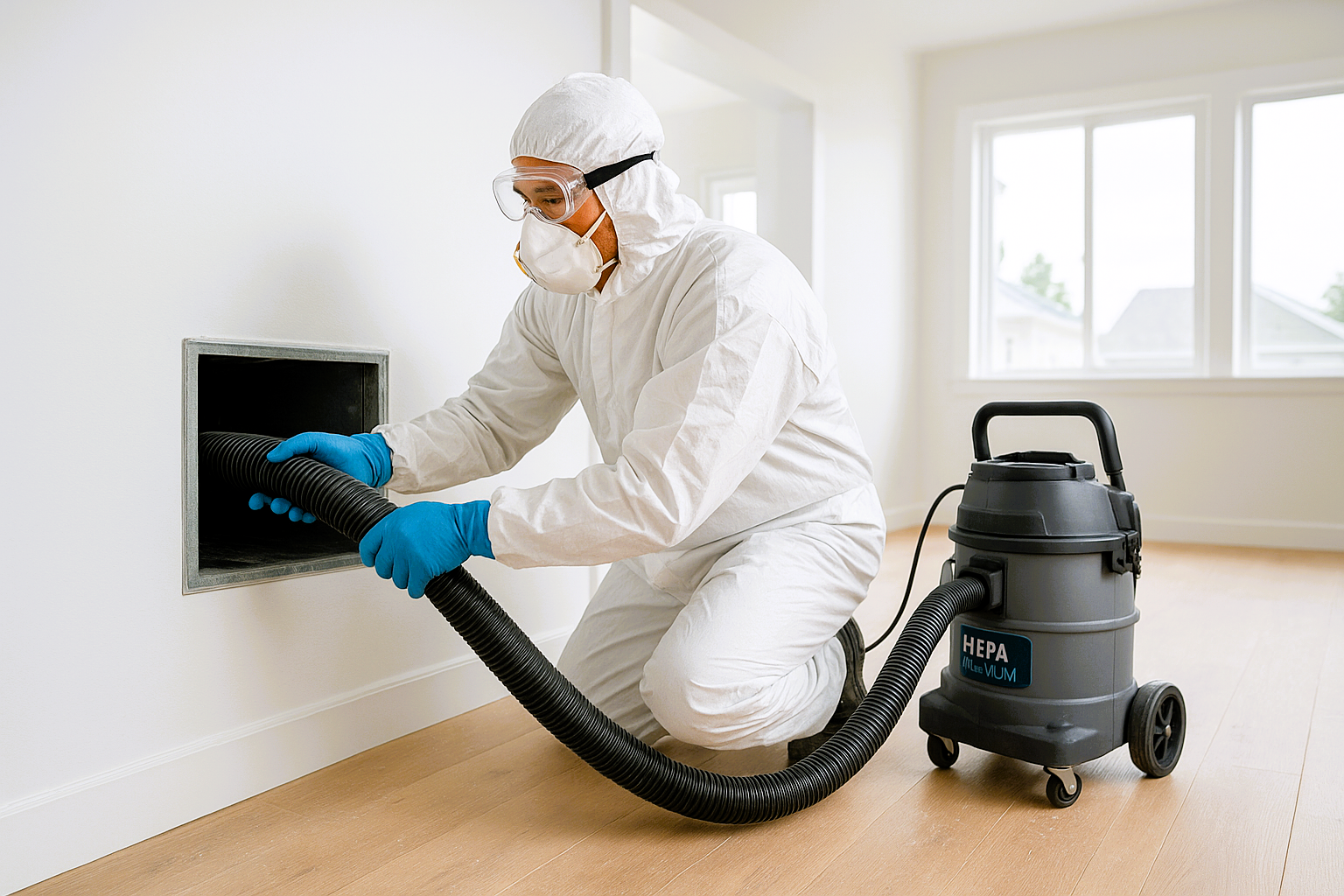Common Types of Mold Found in Air Ducts and Prevention Tips
Which mold types are most commonly found in your air ducts?
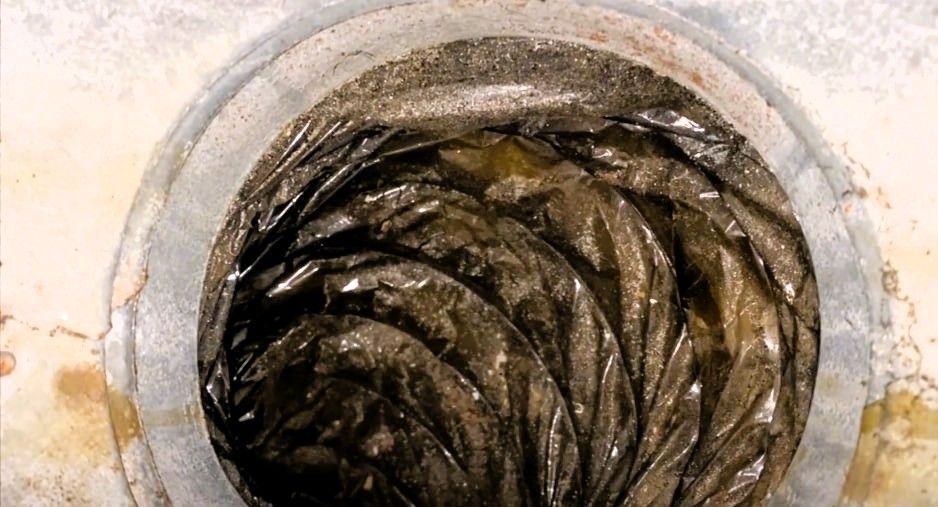
Mold in air ducts is an issue that’s often overlooked but can severely impact indoor air quality and family health. Air ducts provide a cool, damp environment where mold can easily grow and spread through your home. Exposure to mold spores in the air can result in health concerns, especially respiratory and allergy issues. Recognizing the types of mold that commonly appear in air ducts helps you take preventative measures for cleaner, healthier air.
What Causes Mold Growth in Air Ducts?
Excess moisture and humidity are the primary causes of mold in air ducts. When moisture accumulates in HVAC systems, particularly in poorly ventilated areas, mold can grow quickly. Condensation forms as cool air passes through ducts, creating a damp environment that fosters mold growth. Specific areas like drip pans and cooling coils are prone to mold buildup as they provide ideal conditions for mold spores to thrive.
Signs of Mold in Air Ducts
Early detection is key to managing mold. Common signs include persistent musty odors, visible mold around vents, and a rise in respiratory or allergy symptoms among household members. Addressing mold early on can prevent further spreading and help avoid more extensive clean-ups.
Types of Mold Frequently Found in Air Ducts
Acremonium
Acremonium is recognizable by its white, powdery texture. This toxigenic mold commonly thrives in damp air ducts and may cause skin irritation and respiratory issues.
Alternaria
Often found outdoors, Alternaria can sometimes appear in ductwork. Its greenish-brown, velvety texture can trigger allergies and may exacerbate asthma symptoms.
Aspergillus
Aspergillus mold can vary in color and commonly occurs in many environments, including air ducts. Exposure may lead to respiratory infections, especially for individuals with weakened immune systems.
Chaetomium
Starting with a cotton-like texture that turns brown, Chaetomium is often found in ducts. The mycotoxins it releases may cause skin and respiratory irritation.
Fusarium
Usually found in water-damaged areas, Fusarium occasionally grows in ducts, causing sinus and respiratory infections due to its resilience in moist environments.
Mucor
Known for its rapid growth in vents and HVAC units, Mucor is a thick mold that can lead to respiratory issues and eye irritation.
Stachybotrys (Black Mold)
Recognized by its dark color, Stachybotrys, or black mold, is highly toxic and can spread quickly in ductwork, posing serious respiratory risks.
Trichoderma
This fast-growing mold with a spore-like structure thrives in damp spaces, releasing mycotoxins that may be particularly harmful for those with existing health issues.
Ulocladium
Characterized by its dark, layered appearance, Ulocladium is difficult to remove and, though commonly found in bathrooms, can also appear in ducts, causing skin and respiratory irritation.
Preventing Mold Growth in Air Ducts
Controlling humidity, maintaining your HVAC system, and using air purifiers are important steps to prevent mold buildup. Regular cleaning and inspections, replacing filters, and fixing leaks can help reduce moisture and keep mold away.
When to Call a Professional Duct Cleaning Service
Although DIY efforts can assist, tackling mold in air ducts is best left to professional duct cleaning services. Experts such as Lakeshore Air Duct Cleaning offer comprehensive cleaning solutions, ensuring mold is entirely removed and regrowth is prevented.
In essence, tackling mold in your air ducts is crucial for a safe and healthy home environment. Identifying the mold type is the first step to effective treatment and prevention. Stay ahead with proactive steps like regular professional cleanings to shield your home and provide fresher air for your family. Don’t let mold gain the upper hand—elevate your air quality starting today!
Reach out to Lakeshore Air Duct Cleaning to book your cleaning and fortify your home.
